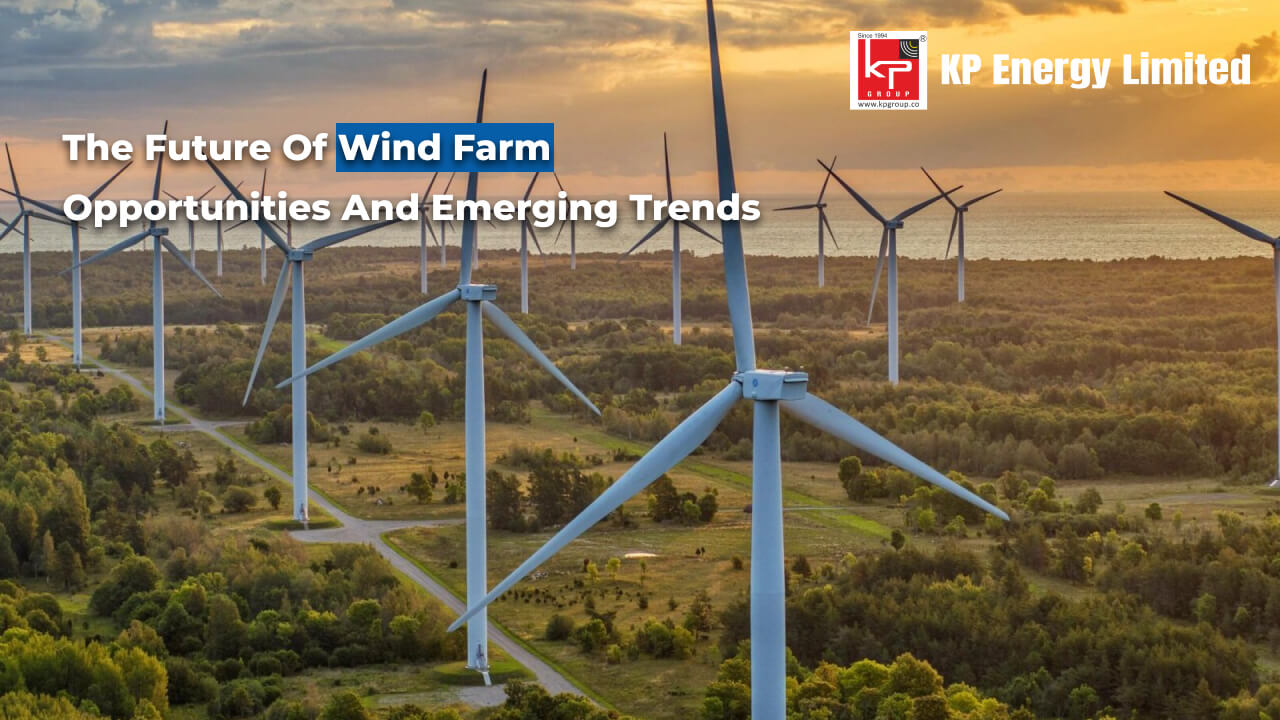When people think of wind power, they often picture turbines spinning on a hill or offshore. But an industrial wind power plant is more complex than that. It balances physics, costs, and environmental factors. The technology behind these plants has improved a lot over the past decade, making the wind power advantages more noticeable.
Bigger Turbines, Smarter Design
Turbines today are taller with longer blades. Higher altitude means steadier winds. Longer blades cover more area and capture energy smaller models couldn’t. Bigger blades cost more and are harder to move, but industrial plants usually see a solid return. The design has also improved. Blade shapes are optimized with computer models. Turbulence, wind changes, and the terrain all get factored in. The result is a turbine that works better, lasts longer, and produces more energy. Not all turbines are built for maximum efficiency and sometimes that’s fine.
Digital Twins and Predictive Maintenance
Some wind power advantages come from keeping turbines running smoothly. Digital twins create a virtual version of each turbine that tracks vibrations, heat, and performance. This helps with predictive maintenance. Engineers know when a part might fail weeks ahead. Plants have less downtime and lower costs. It may sound small, but across a whole wind farm, it makes a big difference.
Grid Integration and Energy Storage
Wind is variable. Industrial wind power plants no longer just feed electricity into the grid without planning. Smart inverters, storage systems, and dynamic grid management make output more reliable. The result is power that is renewable and steady. This matters for industrial operations where electricity can’t fluctuate. Storage costs extra, but it boosts the wind power advantages and makes wind energy competitive with conventional sources.
AI, IoT, and Smarter Forecasting
Forecasting used to be basic. Now, machine learning uses years of weather data, turbine output, and satellites to predict wind accurately. Better forecasts help schedule maintenance, plan energy delivery, and optimize plant performance. It adds efficiency and helps make the plant more profitable without being obvious on a spreadsheet.
Materials and Longevity
Materials have improved too. Composite blades, corrosion-resistant coatings, and stronger steel make turbines last longer. A 25-year lifespan is realistic now with minimal loss of performance.
Some designs focus on resilience instead of peak output. Reducing failure risk is often more valuable than getting a few extra percentage points of efficiency. One turbine can cost millions, so avoiding major problems is worth more than chasing maximum power.
Location, Data, and Site-Specific Optimization
Technology also helps pick better sites. Wind mapping, LIDAR surveys, and optimization software make sure turbines are in the right spots. Two nearby sites can have very different wind patterns. The right placement improves output and reduces wear.
This precision strengthens the wind power advantages. Plants waste less energy, face fewer mechanical issues, and have more predictable performance. Predictability can be as important as efficiency in an industrial setup.
A Few Skeptical Notes
Not every advance is perfect. Bigger turbines affect local ecosystems. Digital twins create a lot of data that can overwhelm operators. AI forecasts are helpful but not flawless. Nature still decides.
Despite that, technology clearly improves the efficiency, reliability, and resilience of industrial wind power plants. Modern plants are smarter and more profitable than older ones. They may not be perfect, but the wind power advantages they offer are real.









